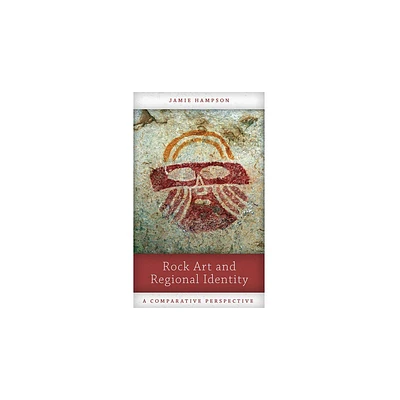Home
Rocks of Ages: Developing Rock Art Tourism in Israel
Loading Inventory...
Barnes and Noble
Rocks of Ages: Developing Rock Art Tourism in Israel
Current price: $49.00


Barnes and Noble
Rocks of Ages: Developing Rock Art Tourism in Israel
Current price: $49.00
Loading Inventory...
Size: OS
*Product Information may vary - to confirm product availability, pricing, and additional information please contact Barnes and Noble
Rocks of Ages: Developing Rock Art Tourism in Israel presents the findings of an interdisciplinary project aimed at safeguarding the future of this unique resource. Cultural heritage in the Negev desert region of Israel is potentially under threat from a number of social, political and economic activities such as militarization, settlement and tourism, resulting in significant environmental change. The cultural heritage and archaeology extend back at least a quarter of a million years but also include a unique engraved rock art assemblage that dates to at least 3000 BCE. These engravings form a clear association with other relic monuments including prehistoric and protohistoric settlements, agricultural and irrigation regimes, and the remnants of a nomadic way of life. But how can this unique cultural heritage survive in the long-term? In December 2017, an international conference was held at Mitzpe Ramon attended by academics, heritage professionals and individuals from the tourism industry. The meeting centered on the dissemination of the findings from the Integrative Multilateral Planning to Advance Rock Art Tourism (IMPART) research project. Formed from an interdisciplinary team of Israeli-Italian scholars, the IMPART researchers collaborated to conduct archaeo-ecological and socio-touristic research with the goal of establishing an authoritative set of sustainable best practices for effectively valorizing Negev rock art. Based on the successful outcome of this research dynamic, the book is organized into 12 thought-provoking chapters that identify and analyze the cultural heritage, archaeology and tourism geographies that fill the multilayered Negev landscape. The focus throughout is to find ways to preserve this unique heritage for future generations while striking a balance between these fragile resources and the pressures for development of the desert.


















